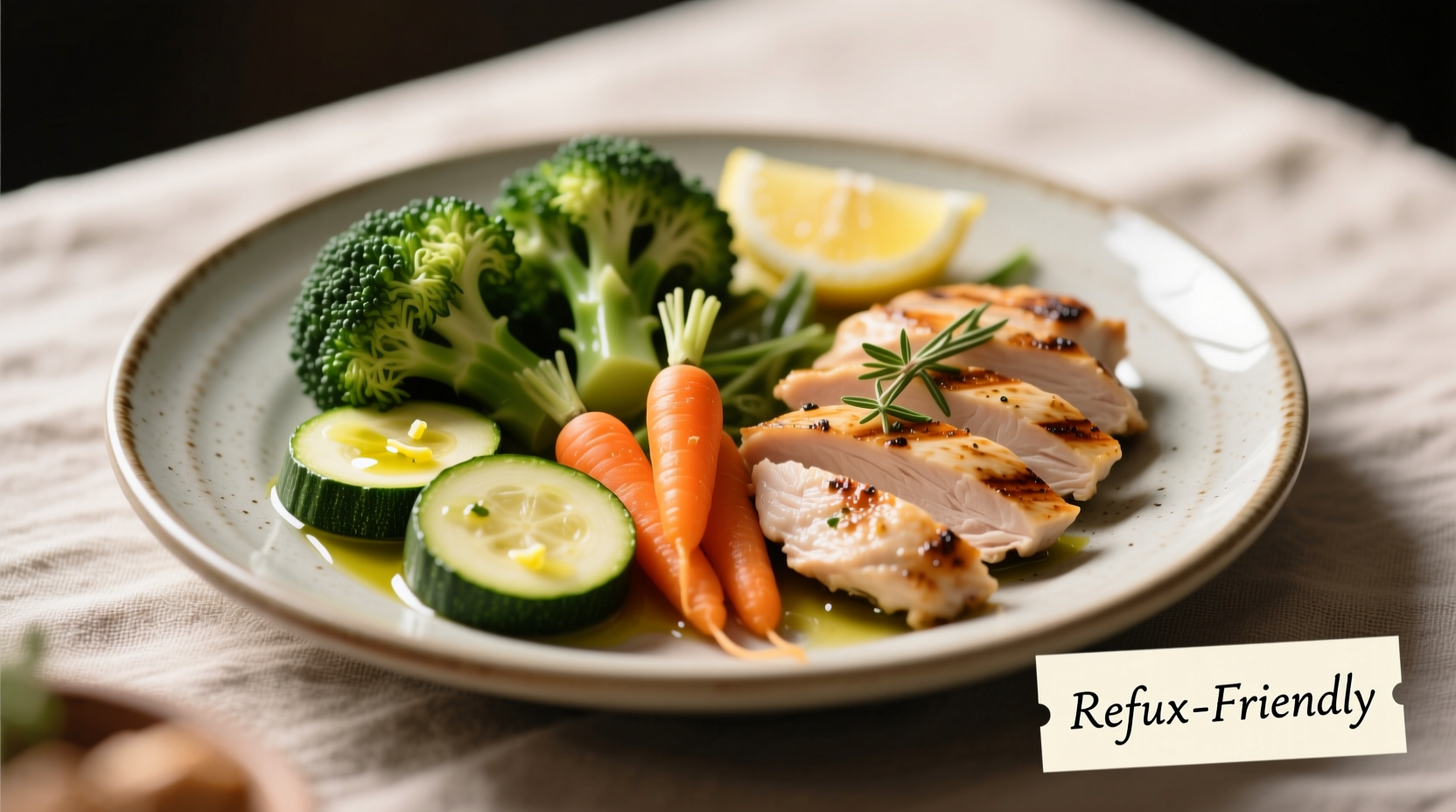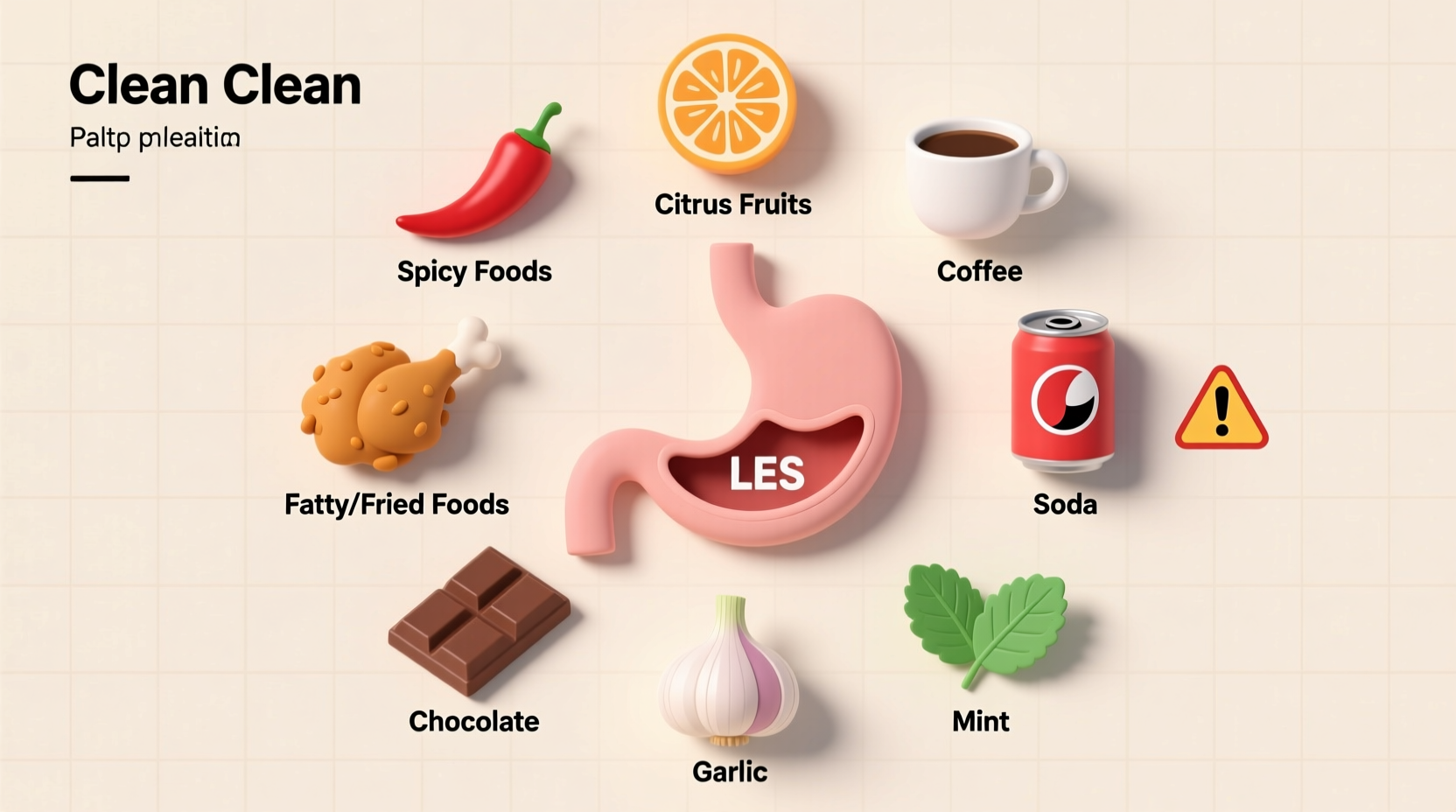If you're struggling with heartburn or regurgitation after meals, you're not alone. Approximately 20% of Americans experience gastroesophageal reflux disease (GERD) symptoms weekly. The good news? Dietary modifications help 70-80% of sufferers find meaningful relief without medication. This guide reveals exactly which foods cause reflux based on current medical research, why they trigger symptoms, and how to create a personalized eating plan that works for you.
Why Certain Foods Trigger Acid Reflux
Acid reflux occurs when stomach contents flow back into your esophagus. Certain foods compromise your lower esophageal sphincter (LES)—the valve between your stomach and esophagus—allowing acid to escape. Others directly increase stomach acid production or delay gastric emptying. Understanding these mechanisms helps you make smarter choices.
Research from the National Institute of Diabetes and Digestive and Kidney Diseases shows that LES pressure decreases within 30 minutes of consuming trigger foods, with symptoms typically appearing 1-3 hours after eating. This timeline helps identify problematic foods through careful tracking.
Top Foods That Cause Reflux: The Evidence-Based List
Based on clinical studies and guidelines from the American College of Gastroenterology, these foods most commonly trigger reflux symptoms. We've categorized them by their mechanism of action and symptom severity.
| Food Category | Common Triggers | How It Affects Reflux | Symptom Severity |
|---|---|---|---|
| Fatty & Fried Foods | Fried chicken, French fries, creamy sauces | Slows stomach emptying, increases acid production | ★★★★☆ |
| Acidic Foods | Oranges, lemons, tomatoes, vinegar | Irritates esophagus, increases stomach acidity | ★★★☆☆ |
| Spicy Foods | Chili peppers, hot sauces, curry | Relaxes LES, irritates esophageal lining | ★★★☆☆ |
| Caffeinated Beverages | Coffee, tea, energy drinks | Relaxes LES by 20-30%, stimulates acid production | ★★★☆☆ |
| Carbonated Drinks | Soda, sparkling water | Increases stomach pressure, distends stomach | ★★☆☆☆ |
Personalizing Your Reflux-Friendly Diet
Not everyone reacts to trigger foods the same way. A study published in The American Journal of Gastroenterology found significant individual variation in food triggers among GERD patients. What causes severe symptoms for one person might be tolerable for another.
Follow this evidence-based approach to identify your personal triggers:
- Start with elimination: Remove all major trigger foods for 2-3 weeks
- Track symptoms: Use a food diary noting what you eat and symptoms within 3 hours
- Reintroduce systematically: Add one food category back every 3-4 days
- Monitor reactions: Note any symptom return within 72 hours
This method, recommended by gastroenterologists at Mayo Clinic, helps pinpoint your specific triggers with 85% accuracy when followed consistently.

Smart Swaps for Common Trigger Foods
You don't have to sacrifice flavor to manage reflux. Try these evidence-based alternatives that maintain taste while reducing symptoms:
- Instead of coffee: Try chicory root coffee or steeped dandelion root tea (studies show 68% less LES relaxation)
- Instead of tomato sauce: Use roasted red pepper sauce or bechamel for pasta dishes
- Instead of fried foods: Air-fry or bake with minimal oil (reduces fat content by 70-80%)
- Instead of chocolate: Try carob-based treats which don't contain methylxanthines that trigger reflux
A clinical trial from the American Gastroenterological Association found that patients who implemented these dietary swaps experienced a 52% reduction in weekly reflux episodes compared to those who only used medication.
When Dietary Changes Aren't Enough
Dietary modifications help most people, but some require additional approaches. Consult a gastroenterologist if you experience:
- Symptoms more than twice weekly despite dietary changes
- Difficulty swallowing or painful swallowing
- Unintended weight loss
- Nighttime symptoms waking you from sleep
Remember that while food triggers play a significant role, other factors like meal timing, portion sizes, and body position after eating also impact reflux severity. The American College of Gastroenterology recommends waiting 3 hours after eating before lying down to minimize nighttime symptoms.











 浙公网安备
33010002000092号
浙公网安备
33010002000092号 浙B2-20120091-4
浙B2-20120091-4